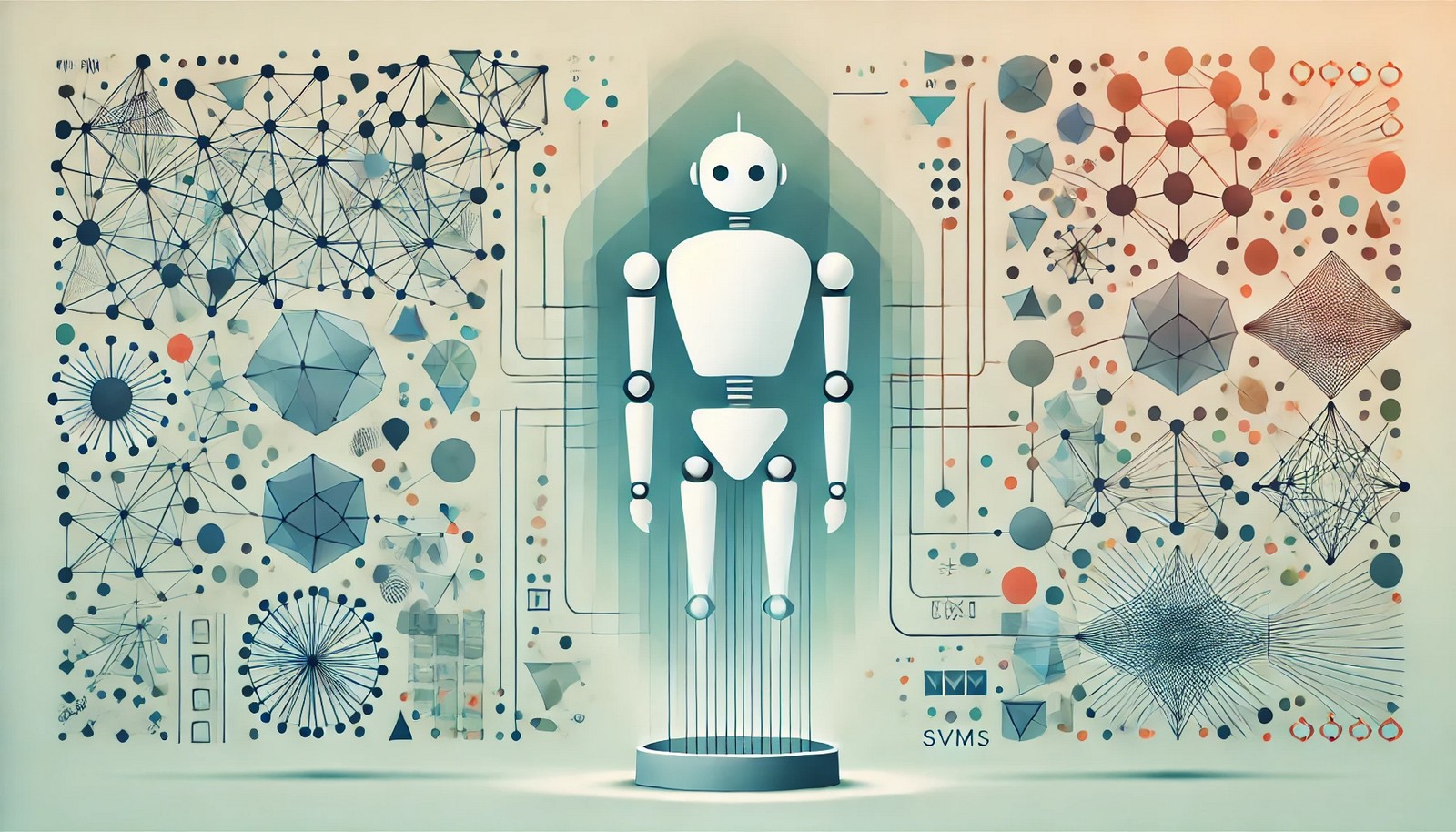Ensemble Learning

Quick Navigation:
- Ensemble Learning Definition
- Ensemble Learning Explained Easy
- Ensemble Learning Origin
- Ensemble Learning Etymology
- Ensemble Learning Usage Trends
- Ensemble Learning Usage
- Ensemble Learning Examples in Context
- Ensemble Learning FAQ
- Ensemble Learning Related Words
Ensemble Learning Definition
Ensemble Learning is a machine learning technique where multiple models, often called "learners," are combined to solve a particular problem and improve the overall prediction accuracy. This approach aims to balance and reduce errors by leveraging the strengths of different algorithms within a single framework. Techniques like bagging, boosting, and stacking are commonly used in ensemble methods, enabling robust solutions for complex problems across various domains such as finance, healthcare, and recommendation systems.
Ensemble Learning Explained Easy
Imagine you’re in a classroom with students of different skill levels. Each student gives their answer to a difficult question. By combining all their answers, you’re more likely to get the correct answer than if you had asked just one student. Ensemble Learning works similarly—by combining different "opinions" (models), it makes more accurate decisions than relying on a single "opinion."
Ensemble Learning Origin
The concept of ensemble learning emerged from statistical techniques and pattern recognition in the late 20th century. As computing power advanced, it became a practical method to achieve high accuracy in machine learning tasks, especially for complex datasets. Ensemble methods have since evolved to be fundamental in AI for their reliability and improved accuracy.
Ensemble Learning Etymology
The term “ensemble” derives from the French word meaning "together" or "whole," capturing the idea of combining individual models into a cohesive, stronger unit for improved performance.
Ensemble Learning Usage Trends
In recent years, Ensemble Learning has gained momentum in both research and industry, especially in areas requiring high accuracy like fraud detection, medical diagnoses, and stock market predictions. The widespread adoption of machine learning and the increased availability of big data have made ensemble techniques highly effective for improving prediction accuracy across various applications.
Ensemble Learning Usage
- Formal/Technical Tagging:
- Machine Learning
- Artificial Intelligence
- Predictive Modeling - Typical Collocations:
- "ensemble learning methods"
- "bagging and boosting"
- "combining models with ensemble"
- "improved accuracy through ensemble learning"
Ensemble Learning Examples in Context
- In finance, Ensemble Learning techniques help improve the accuracy of credit scoring models by combining predictions from different algorithms.
- Medical researchers use ensemble models to analyze patient data for more accurate diagnostic predictions.
- Recommendation engines in e-commerce platforms apply ensemble learning to provide better product suggestions by combining various user preference models.
Ensemble Learning FAQ
- What is Ensemble Learning?
Ensemble Learning is a machine learning technique that combines multiple models to improve prediction accuracy. - How does Ensemble Learning differ from other machine learning techniques?
Unlike single-model methods, ensemble learning combines several models, allowing for better performance and reduced errors. - What are common ensemble methods?
Common methods include bagging, boosting, and stacking, each with different strategies for combining models. - Why is ensemble learning effective?
By combining multiple models, ensemble learning reduces variance and bias, often yielding better results than individual models. - Where is ensemble learning applied?
It’s widely used in applications like fraud detection, medical diagnostics, and predictive analytics. - What is bagging in ensemble learning?
Bagging (Bootstrap Aggregating) involves training multiple versions of a model on different data samples to reduce variance. - What is boosting in ensemble learning?
Boosting trains a series of models, each correcting errors from the previous one, to minimize bias and improve accuracy. - What is stacking in ensemble learning?
Stacking combines multiple models by feeding their outputs into a “meta-model” that learns to make final predictions. - Is ensemble learning computationally expensive?
Yes, it can be more computationally intensive than single-model approaches, requiring more resources for training. - How does ensemble learning enhance AI models?
It improves robustness and prediction accuracy, making it ideal for complex and high-stakes applications.
Ensemble Learning Related Words
- Categories/Topics:
- Machine Learning
- Artificial Intelligence
- Predictive Analytics
- Model Optimization
Did you know?
Ensemble Learning is the technique behind many winning solutions in data science competitions, like Kaggle, where combining models has consistently proven effective in maximizing accuracy. These competitions highlight its power in practical applications, pushing boundaries in predictive modeling.
PicDictionary.com is an online dictionary in pictures. If you have questions or suggestions, please reach out to us on WhatsApp or Twitter.Authors | Arjun Vishnu | @ArjunAndVishnu

I am Vishnu. I like AI, Linux, Single Board Computers, and Cloud Computing. I create the web & video content, and I also write for popular websites.
My younger brother, Arjun handles image & video editing. Together, we run a YouTube Channel that's focused on reviewing gadgets and explaining technology.



Comments powered by CComment